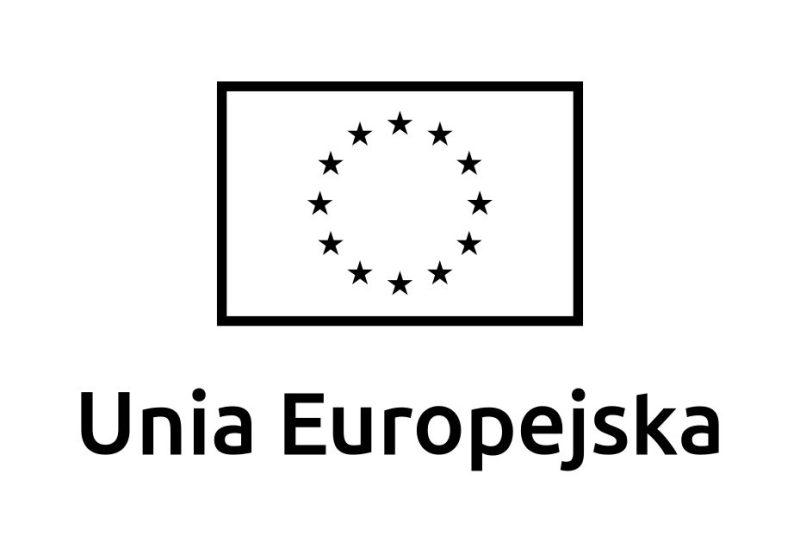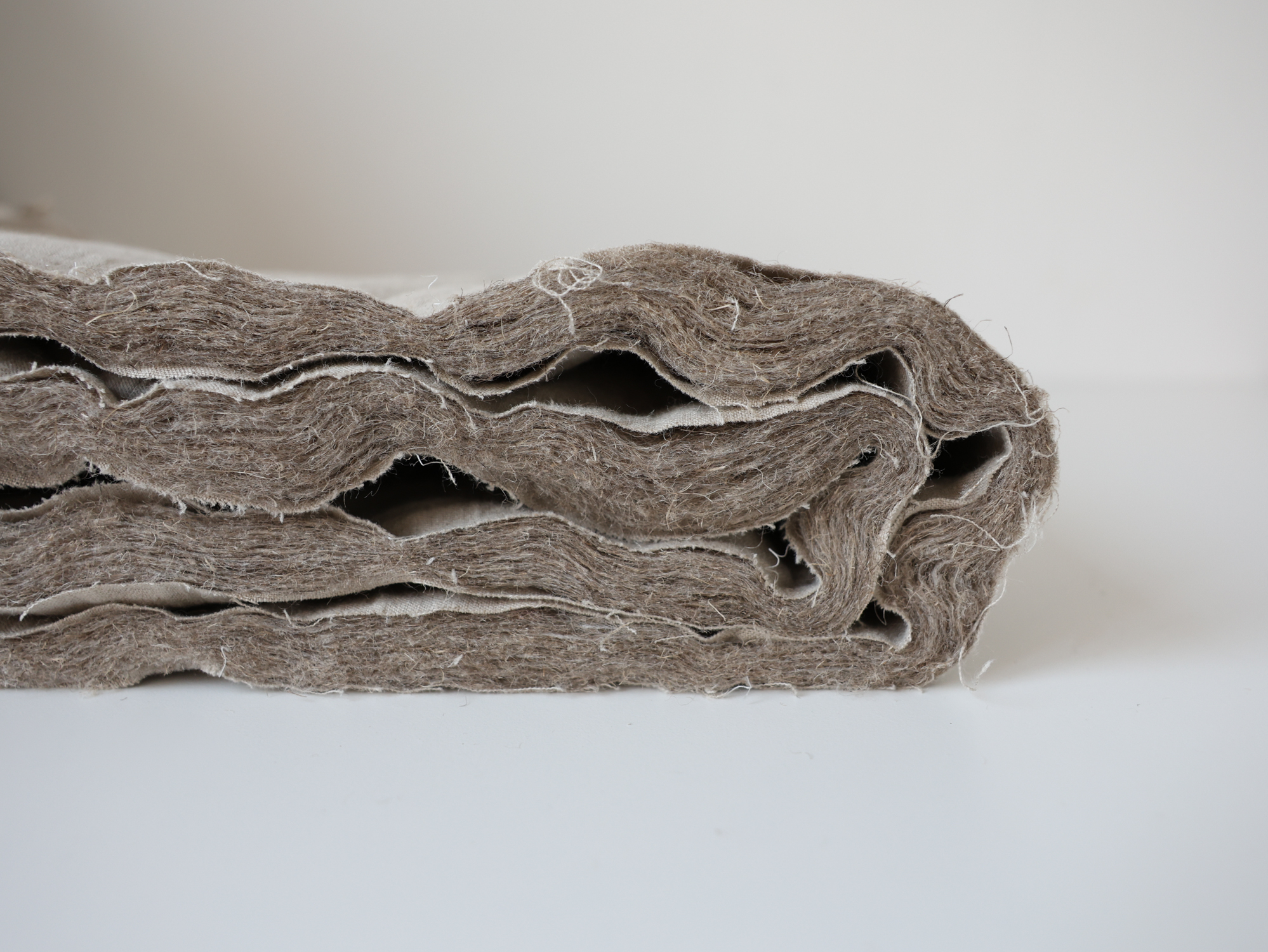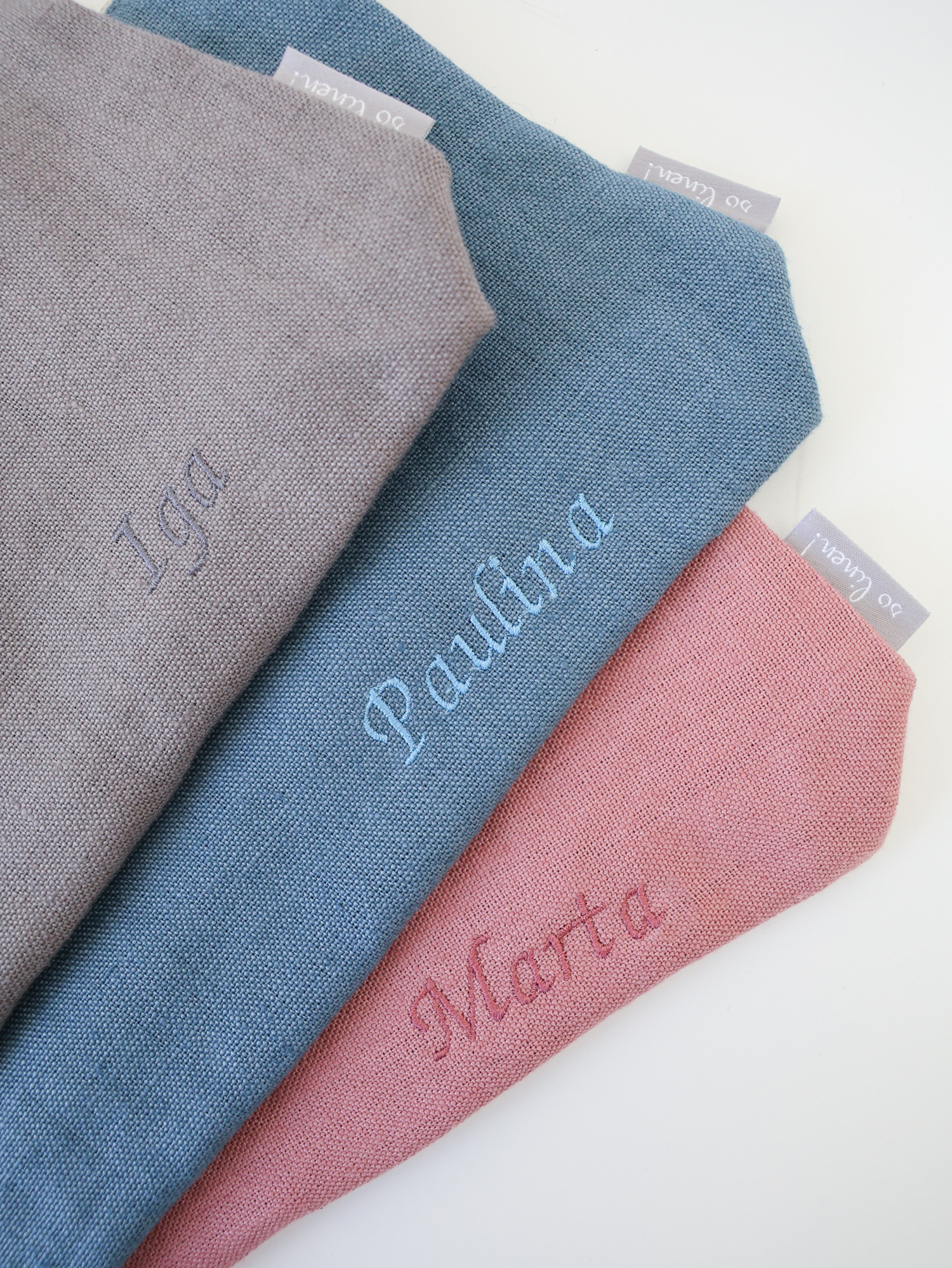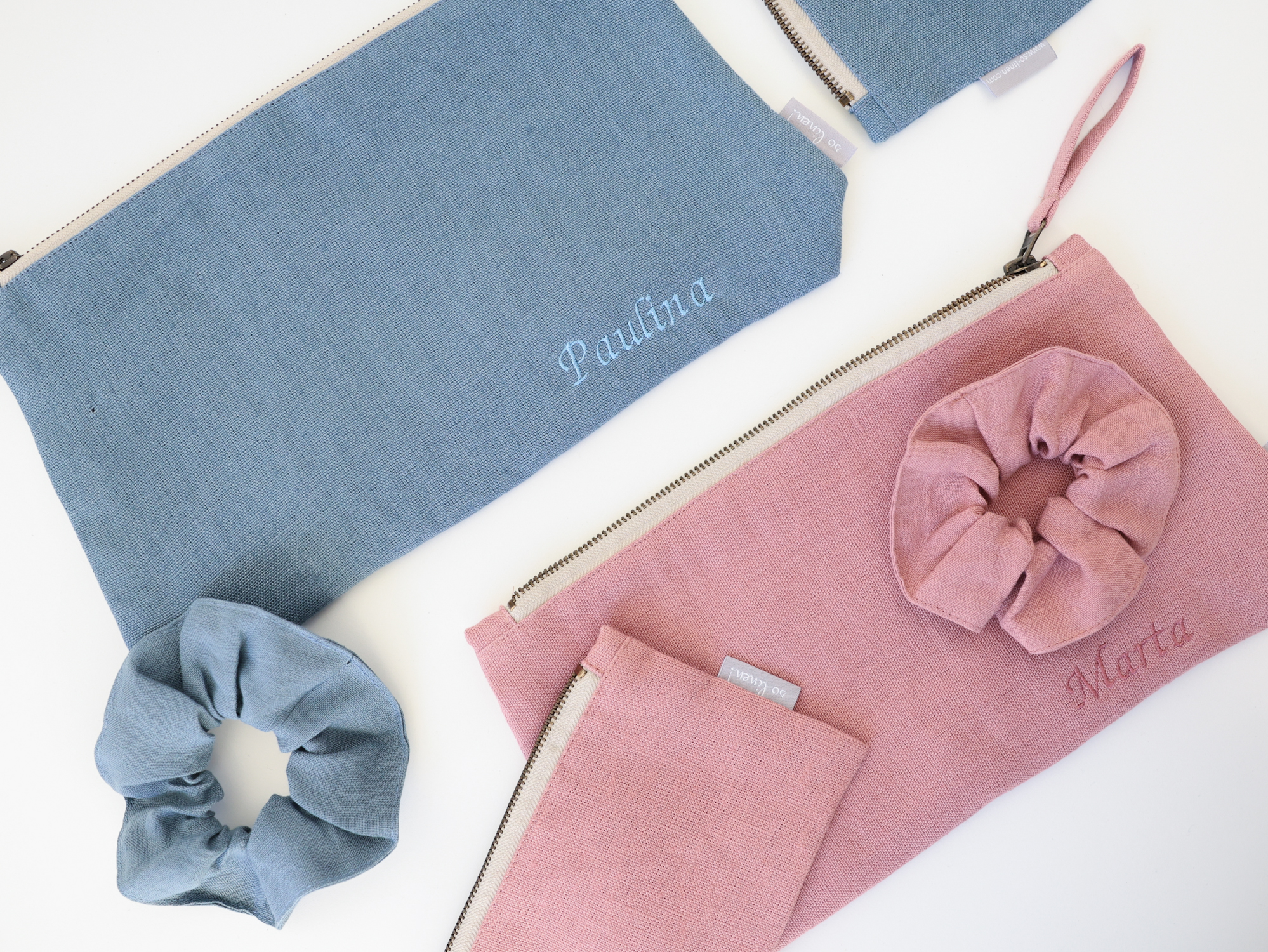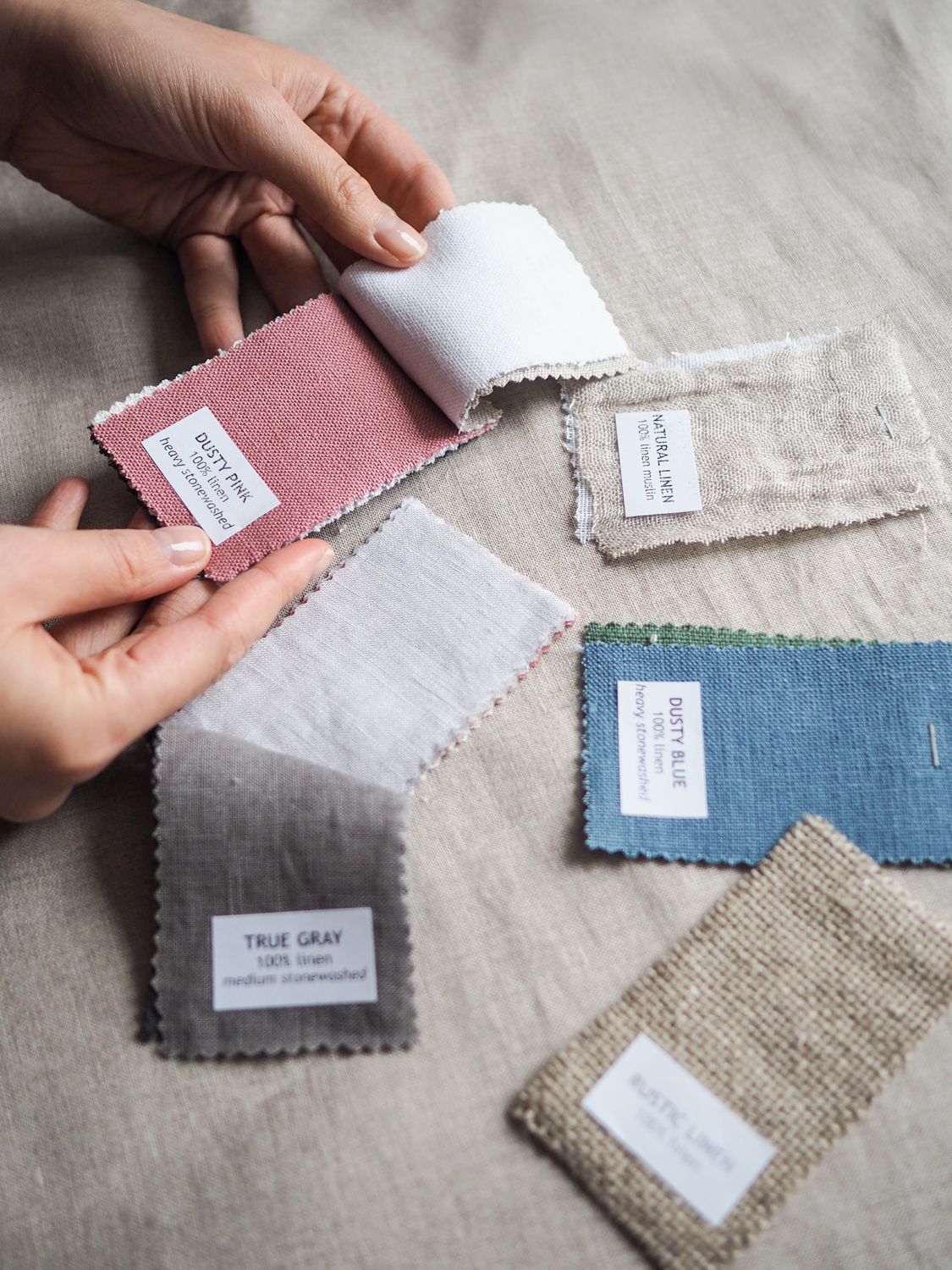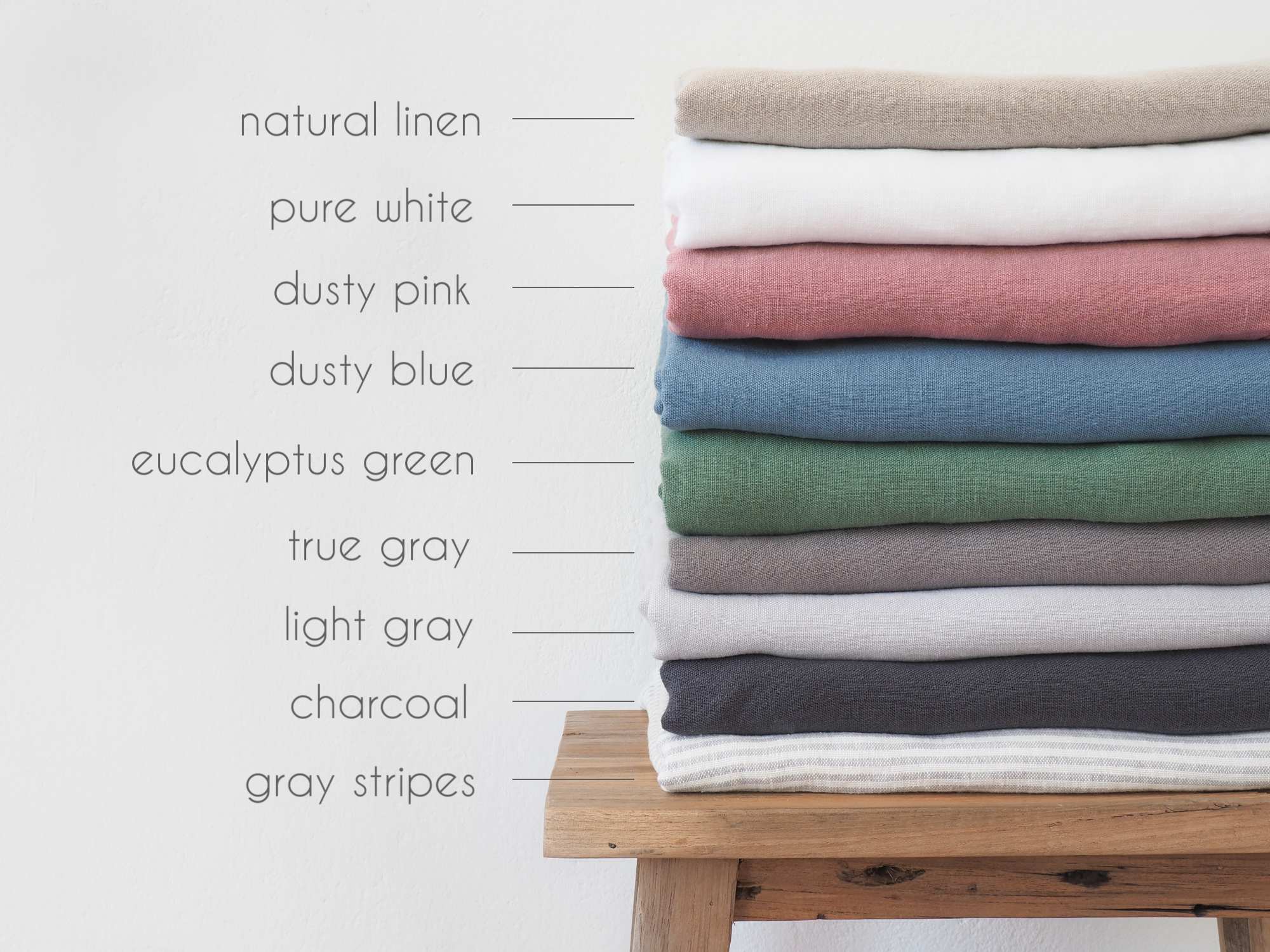Uncategorized
Hemp and cotton – key differences you need to know! Find out which fabric is more eco-friendly, safer and more durable.
For many years, cotton has been regarded as the best, most desirable and versatile fabric. After all, it combines a relatively low price with naturalness, flexibility, lightness and breathability. Undoubtedly, these properties are true. However, when viewed in a broader perspective and compared with other fibres, its perception may change. So, discover the slightly “darker” side of cotton, which, in some aspects has to yield to other natural fibres.
#1: IS COTTON ECOLOGICAL?
To the surprise of many consumers – it is hemp that leads in terms of ecology and environmental protection. The key factor here is water demand, which is exceptionally high for cotton. Indeed, hemp is a drought-tolerant plant and can grow in a wide variety of climatic conditions, requiring significantly less water. It is estimated that hemp needs around 500-700 mm of rainfall annually, while cotton requires even 2000-7000 mm of water per year. This property makes hemp far more attractive in terms of sustainable agriculture and ecological practices.
In addition, hemp is far more resistant to pests and diseases. This, therefore, means that it requires far less pesticides and plant protection products compared to delicate and limp cotton. Farmers also indicate that hemp cultivation can improve the quality of soil, preventing erosion and enriching it with nutrients which, of course, has a positive impact on the entire ecosystem.
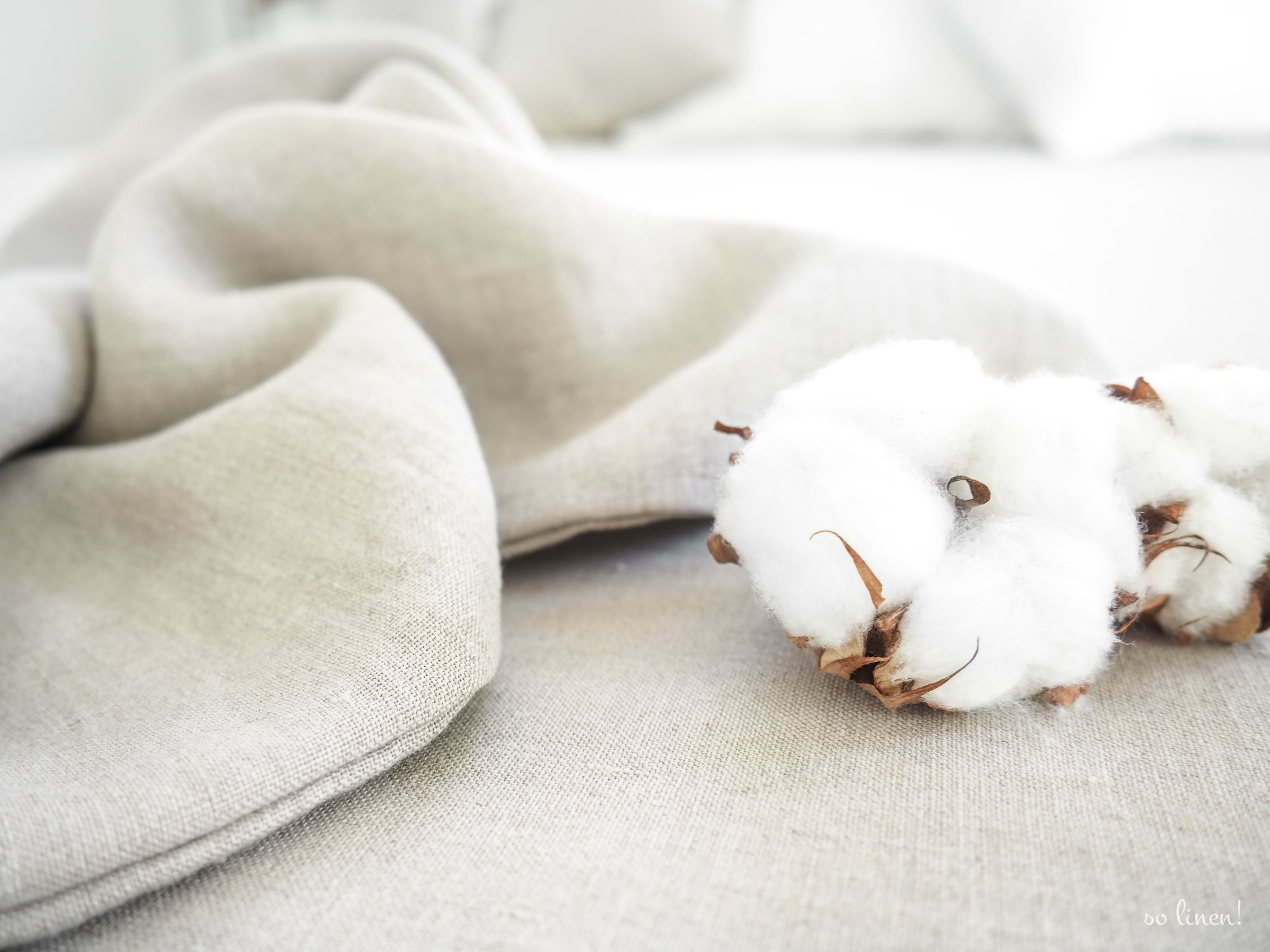
#2: WHICH FABRIC IS MORE DURABLE?
We often hear that cotton is one of the “most durable fabrics on the market.” This statement is a drastic oversimplification – especially when juxtaposed with hemp fibres. The latter have a much longer and more linear structure compared to cotton fibres, which tend to twist. Additionally, cotton readily absorbs moisture, making it weaker and less elastic after repeated washing.

#3: WHICH FIBER IS SAFER?
We’ve already mentioned that cotton often requires pesticides for cultivation to protect it from diseases and pests. While these substances do protect the fields, they also penetrate the fibres. This is because cotton tends to absorb and retain chemical substances and as a result, after harvesting and processing, the fibres may still contain their residues. Of course, raw cotton is cleaned before being turned into fabric, but there is always a risk that some pesticides have shown much higher persistence.
Cotton, although popular and widely used, requires much more water and chemical resources. Of course, we do not generalise or criticise it in a radical way – it is still a much better choice than synthetics or petroleum-based fabrics. However, in this juxtaposition, hemp is considered more eco-friendly and sustainable, offering additional, less obvious benefits.
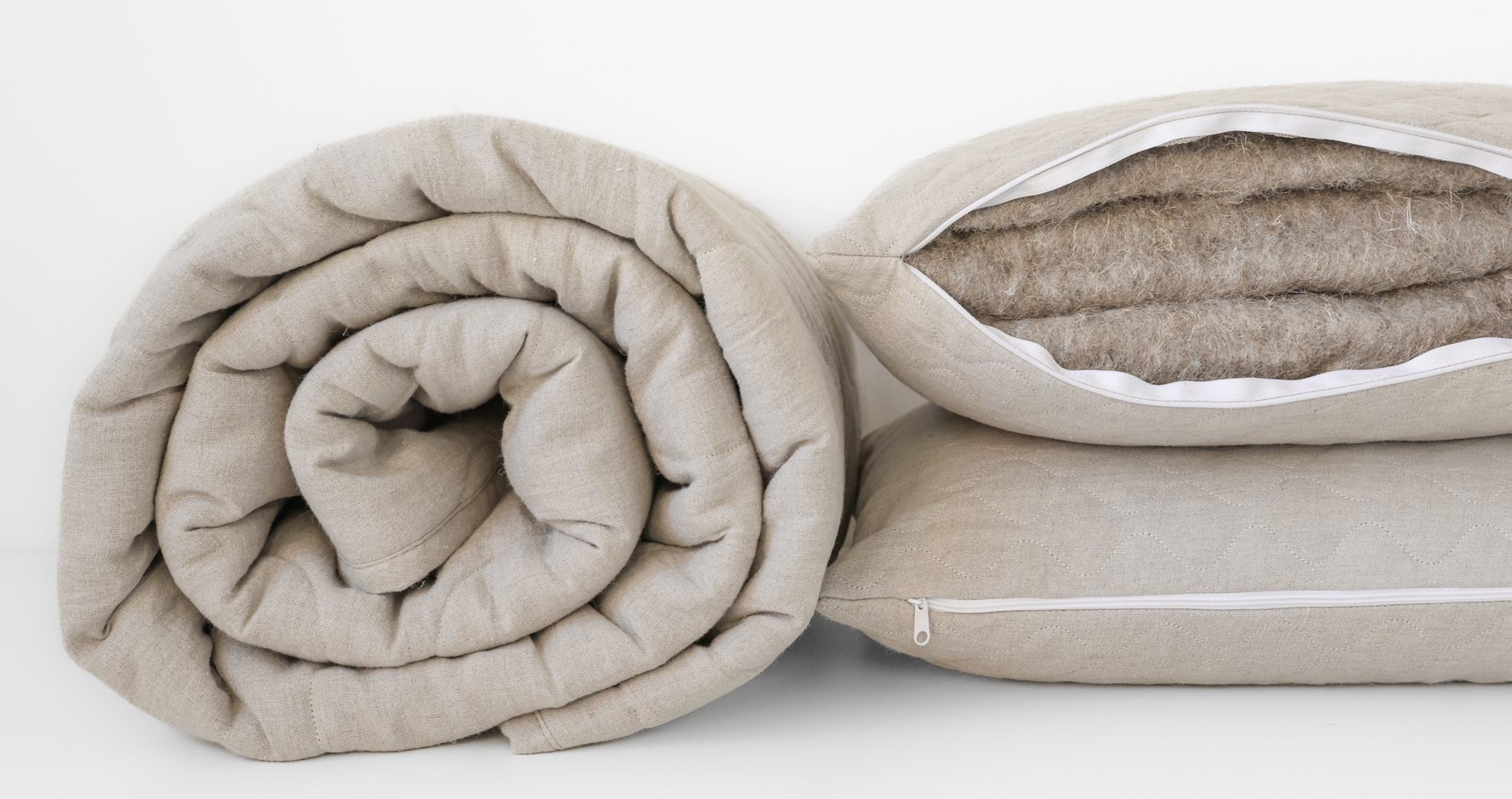
Remember that we’re on INSTAGRAM!
